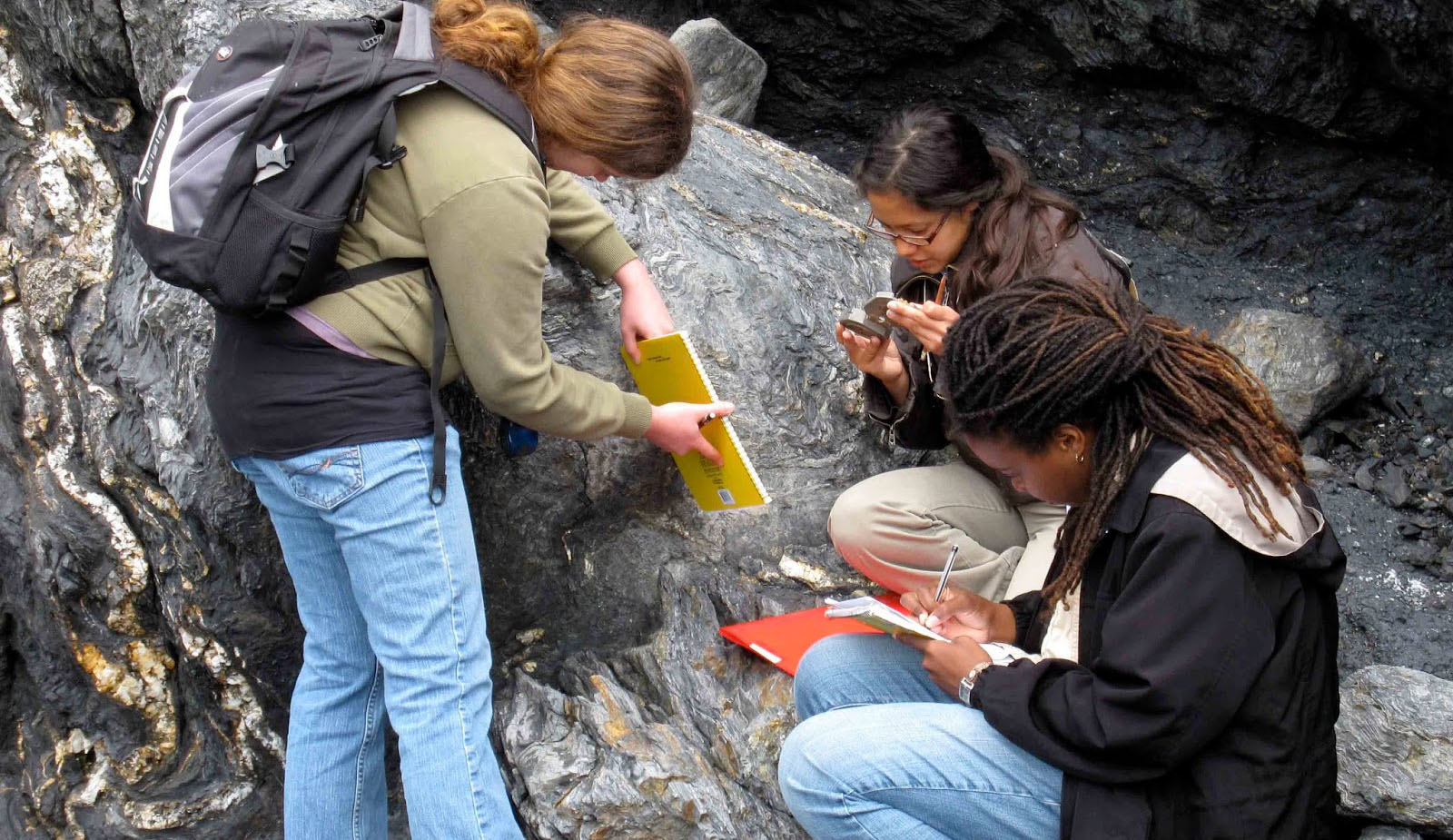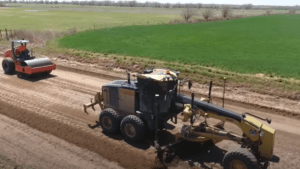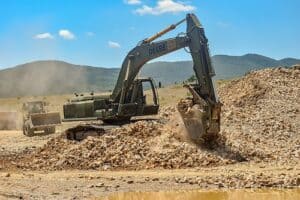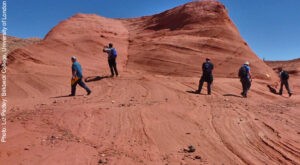GEOLOGY
Geology science is the study related to earth It involves all of earth’s dynamic processes, not just those on the crust.
Branches of Geology
Several branches.
- Physical Geology: Physical geology is concerned with the work of natural processes which bring about changes upon the earth’s surface.
- It deals with the study of the composition, structure, and origin of rocks.
- Mineralogy: Mineralogy includes the study of mineral composition, structure, appearance, stability, occurrence, and associations.
- Structural Geology of earth: This branch of geology deals with the study of the structure of rocks in the earth’s crust.
- Stratigraphy: It is the science of tic description, correlation, and classification of strata in sedimentary rocks including the interpretation of the depositional environments of those strata.
- Paleontology: Paleontology is the science of fossils of ancient life forms and their evolution.
- It gives us a picture of the land and seas, the climate, and life of early times upon the earth.
- Economic Geology: Economic geology deals with the study of minerals, ores, and fossil fuels of economic importance.
- Mining Geology: This branch of geology is concerned with the study of the application of geology to mining engineering.
- Engineering Geology: Engineering geology includes the study of the application of geology to civil engineering
Write a detailed note to describe various components of the geology map?
GEOLOGY MAP
Verify its pretense and identity. Map-able units are shown as different colors,

VARIOUS COMPONENTS OF GEOLOGY of earth MAP
A geological map has at least three basic components:
- The map itself
- Legend
- Cross-section
Map
Geologic maps show the distribution of rock types that are exposed at the surface of the earth.
Legend
Geologic maps always contain a legend that gives the name and symbol for each formation, as well as, the age of each formation and its rock type. The map legend also contains a list and explanation of the symbols shown on the map, such as the symbols for different types of faults and folds.
CROSS-SECTION
Geologic cross-sections are constructed based on the geology of earth mapped at the surface combined with an understanding of rocks in terms of physical behavior and three-dimensional structures.
Write a detailed note on the convection current hypothesis geology?
CONVECTION CURRENT HYPOTHESIS
The idea of convection current was first suggested by the British geologist. A Holmes in 1927 when he tried to explain the driving mechanism for the continental drift. Holmes proposed that subcrustal convection currents dragged the two halves of the original continent apart. The mountain chains were formed on the front portion of the moving land masses where the currents were descending and the ocean floor was developed on the site of the gap where the currents were ascending.

Seismology suggests that the asthenosphere is partly molten (temperature about 1200°C). Due to the unequal distribution of heat, convection currents generate in it. Under the mid-oceanic ridges, the ascending hot plume spreads laterally. As it spreads away it cools, solidifies, and becomes attached to the oceanic plates. This convective transport imparts motion to the crustal plates.
Thus the convection current hypothesis has provided an important mechanism for explaining continental drift, seafloor spreading, and plate tectonics.
What are metamorphic rocks in the geology of earth? Elaborate your answer by giving various branches of these rocks?
METAMORPHIC ROCKS
Older rocks when they are subjected to increased temperature, pressure, and shearing stresses at considerable depth in the earth’s Crust.
TYPES OF METAMORPHIC ROCK GEOLOGY

Slates:
Nature Slates are dark-colored exceedingly fine-grained low-grade metamorphic rocks. Their color is commonly gray to black but may be green, yellow, brown, and red.
Mineral Composition in geology:
Slate is composed of a very fine-grained mixture of rnicas and chlorite with some quartz and feldspar.
Origin:
The majority of slates are formed by the dynamic metamorphism of slates. Their chractersticslaty cleavage may or may not be parallel to the bedding planes of the original shales.
Phyllite:
Nature: A phyllite is a fine-grained, foliated lustrous rock.
Mineral Composition:
It consists of chlorite, muscovite, and quartz. The grains of these rocks are so fine that individual minerals cannot be recognized by the unaided eye. It splits along foliation planes with an uneven surface.
Origin:
Phyllites are formed due to the dynamo thermal metamorphism of shales. They present an intermediate stage of metamorphism between slate and schist.
Schist of geology:
Nature: Schist is coarse-grained metamorphic rocks that show well-developed foliation or schistosity along which the rock may be easily broken. Their color varies according to mineral composition. Mica-schists are the most common metamorphic rocks.
Mineral Composition:
Mica-schists consist essentially of quartz and mica, usually muscovite or biotite. Mica is the major mineral that occurs in irregular leaves and foliated masses. Mica-schists frequently carry characteristic accessory minerals such as garnet, staurolite, kyanite, sillimanite, andalusite, epidote, and hornblende.
Mineral Composition:
Quartz and feldspar occur together in light-colored bands which alternate with dark bands of flaky ferromagnesian minerals, such as bottle or hornblende. Generally, quartz and feldspars predominate over micaceous minerals.
Varieties geology of earth:
There are many varieties of gneiss having varied mineral associations. They are named generally according to the dominant ferromagnesian mineral present, such as “ biotite-gneiss” and “ hornblende-gneiss”. When it is certain that gneiss is the result of metamorphism of an earlier formed igneous rock, the igneous rock name is used in the terminology, such as the “ granite-gneiss” or syenite-gneiss”.
Texture and Structure:
Gneisses are coarse-grained rocks having gneissose structures.
Origin of earth geology:
Gneisses are more commonly derived by the high-grade regional metamorphism of igneous rocks, mostly granites. They are usually light in color.
Texture and Structure:
Quartzite is a compact rock of interlocking quartz grains/Its structure is granulose. This rock breaks with a rough fracture surface.
Marble:
Nature: Marble is a crystalline calcareous metamorphic rock having a granular texture. Moles are generally white but various impurities may create a wide range of colors such as pink, yellow, grey, green, and black.
Mineral Composition:
Marble is composed of grains of calcite or more rarely dolomite.
Texture and Structure:
The marble show granulose texture. The individual grains may be so small that they cannot be distinguished by the eye or they may be quite coarse and show clearly the characteristic calcite cleavage.
Origin: Marbles are formed as a result of the metamorphism of limestones.
Hornfels:
Nature: Ahornfels is a fine-grained, dense, nonschistose rock composed mostly of equidimensional grains.
Mineral Composition:
The minerals which commonly occur in these rocks are feldspar, andalusite, cordierite, magnetite, bio tile, and quartz.
Texture and Structure:
Hornfelses commonly show granoblastic texture. The fine-grained granolithic texture of these rocks is also called the “hornfels texture”.





